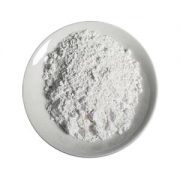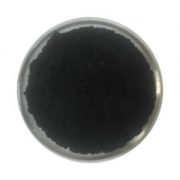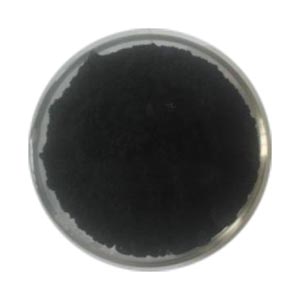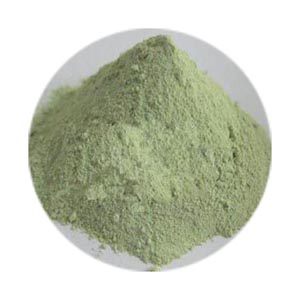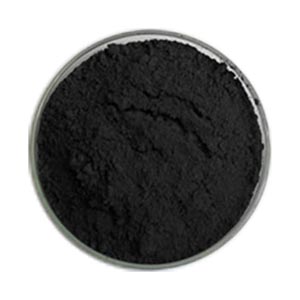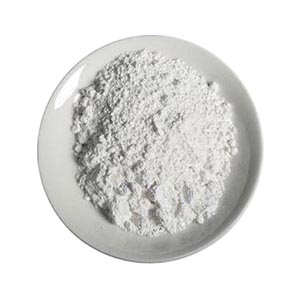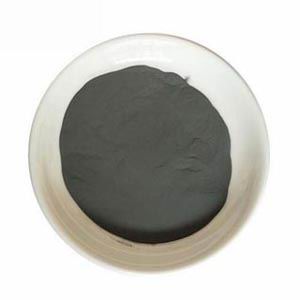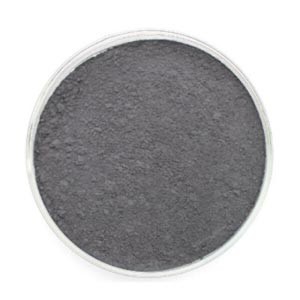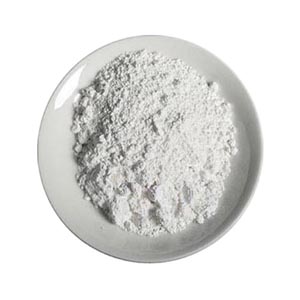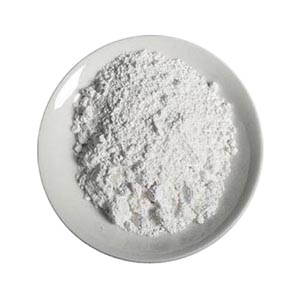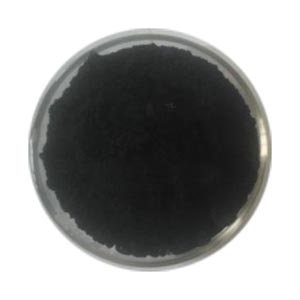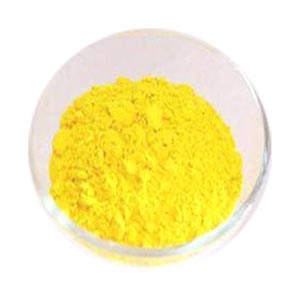
Bismuth vanadium tetraoxide
Other name:; Bismuth Vanadate Yellow; Bismuth vanadate; Bismuth Yellow; 184 Yellow ; vanadium(+5) cation; Bismuth vanadate: Bismuth orthovanadate
CAS no. : 14059-33-7
EINECS no. : 237-898-0
Molecular formula: BiO4V.
Molecular weight: 323.9195.
- 描述
- Inquiry
Bismuth vanadate is one of the new pigments to enter the pigment field. The pigment bismuth vanadate (BiVO4) as the basic composition of hair color, high color saturation of bright yellow with green hues, with 580 nm wavelength light reflectance and high chromium and cadmium yellow yellow, so don’t have to blend organic pigments, directly instead of chromium and cadmium yellow yellow, it’s fundamentally solves the mischief in the production and use of paint. Not only will people’s health be guaranteed, but the use of pigment will be further expanded. The pigment has good light resistance, acid resistance, alkali resistance, various solvents and sulfur dioxide, and its heat resistance reaches over 200 degrees.
Typical technical performance
Color: Yellow green phase
G/cm3 density: 5.9
PH: 7.0
The oil absorption g / 100 g: 26
105 ℃ volatiles %: 0.5 or less
Water soluble content: 0.5 or less
Sieve residue (45um square hole sieve)%.: 0.1 or less
Heat resistant ℃: over 200
Light fastness: 8
Acid resistance: 5
Alkali resistance: 5
Pigment index: Huang, 184, 77174
Bismuth yellow |P.Y.184 features.
The combination of bismuth yellow and organic pigment can produce very bright luster with high tone and strong covering power.
Bismuth yellow paint can be used for high demand products such as automotive products, powder coatings and coil coatings. The price is relatively high, but it is economical to use.
Bismuth yellow 184 can meet the requirements of various plastic products, and is suitable for high grade coatings which require good weather resistance.
Bismuth yellow 184 has excellent dispersion properties, whether used in waterborne coatings, powder coatings, oil paints or inks, which can be well dispersed.
The solvent resistance of bismuth yellow 184, excellent acid and alkali resistance, and low exposure to light, is a high weathering pigment with excellent performance.
Bismuth is yellow 184 bright and bright yellow, and the bright color is close to the high performance yellow organic pigment;
Bismuth yellow 184 has low carbon environmental performance, and bismuth yellow is not leaded. It can be used to replace inorganic pigments such as cadmium yellow and chrome yellow, which are used in situations requiring lead-free products.
The application of bismuth vanadate.
Yellow traffic signs.
Applicable to paint, ink addition.
It can be used in automobile surface paint, rubber products and coloring of plastic products, etc.
Bismuth vanadate is widely used in food, toys and other fields because of its high environmental protection and non-toxic properties.
Bismuth vanadate has broad application prospects in the field of photocatalysis.
Future outlook
Inorganic bismuth pigments are the best yellow inorganic pigments because of their coloring power, strong hiding power, no harm to the human body and environment, and they are attracting more and more attention. Its development prospects are mainly focused on the following aspects:
One is to develop bismuth vanadate to improve the performance of bismuth vanadate.
The second is to add the remaining ingredients on the original basis to improve the existing varieties;
Third, bismuth resources are abundant in our country, and the high added value of bismuth pigments should accelerate its photocatalytic application and the development of other applications.
相关产品
-
Nano vanadium dioxide VO2
Other name: Vanadium oxide; Dioxovanadium
Appearance: black powder
Grain size: 50nm, 100nm, 500nm
Purity: 99.9%, 98% ( tungsten mingle ) -
Zirconium tungstate
Other name:
Tungsten zirconium oxide ; Ditungsten zirconium octaoxide
CAS no. : 16853-74-0
EINECS no. : 240-876-3
Molecular formula: Zr(WO4)2
Molecular weight: 586.8992.
-
Titanium black Ti4O7
Blue Black electrically conductive powder
Produced by proprietary process
High Ti407 Content
Structurally Stabilized Sheer Planes
High Resistance to oxidation and corrosion
in acid and base solutionsStabilized Magneli Phase Titanium Oxide
Electrically Conductive Ceramic PowderD50 particle size: 80nm, 20um
-
Ammonium niobium oxalate
English alias: Ethanedioic acid ammonium niobium (5 +) salt , Ammonium niobate (v) oxalate hydrate
CAS no. : 168547-43-1
Molecular formula: C4H4NNbO9
Molecular weight: 302.98 g / mol
-
Vanadate zirconium
Molecular formula: ZrV2O7.
Molecular weight: 315.7.
CAS no. : 13981-20-9
Appearance: yellow powder
Used in functional ceramics, structural ceramics and other aspects as pigments.
Description: The use of temperature: 400-1080 ℃
The coefficient of linear expansion: – 10 x 10-6 ℃ – 1 -
Tantalum diboride
Other name: tantalum boride (1:2)
CAS no. : 12007-35-1
EINECS no. : 234-234-5
Molecular formula: B2Ta.
Molecular weight: 202.572
-
Molybdenum disilicide
Other name: Molybdenum silicide
Molecular formula: MoSi2
CAS number: 12136-78-6
Molecular weight: 152.11
Melting point: 2030 ° C
Density: 6.24g/cm3 -
Niobium metaphosphate
English name: Niobium metaphosphate
Chemical formula: Nb (PO3) 5
Molecular weight: 487.90
Properties: sodium biphosphate glass, white powder, insoluble in water, PH value: 3.8
-
Ammonium vanadate
Other name: Ammoniummetavanadate;Ammonium Vanadate(V); ammonium trioxovanadate; hydroxy(dioxo)vanadium ammoniate (1:1); ammonium oxido(dioxo)vanadium
CAS no. : 7803-55-6
EINECS no. : 232-261-3
Molecular formula: NH4VO3
Molecular weight: 116.9776
Melting point: 200 ℃
Solubility in water: 5.1 g/L (20 ℃)
PSA:57.20000
LogP:0.01980
-
Niobium boride
Other name : niobiumbago (NBB); boranylidyneniobium
CAS no. : 12653-77-9; 12045-19-1
EINECS no. : 234-958-8
Formula: B2Nb.
Molecular weight: 103.7174.
Density: 7g/cm3
Melting point: 3050℃

